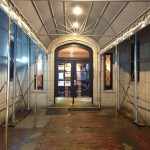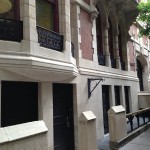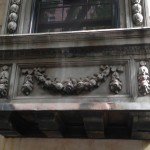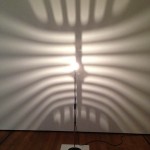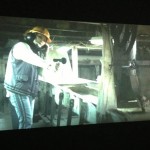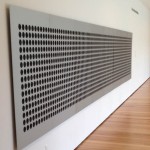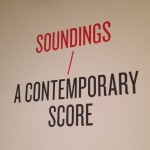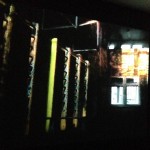In the early 1900’s a painter named Henry Ward Ranger selected a block of West 67th Street in New York to establish a building with studio apartments with ample space and good natural light where artists could work and live comfortably. Over time, this block, located between Central Park and Columbus Avenue, became a hub for artists and creative types. The block was built up over a period of thirty years and most of the buildings maintained architectural consistency with Ranger’s original apartments. Between 1916 and 1917, the architectural team known as Shape & Brady led the effort to complete the eight-story building at 50 West 67th Street. This building has since been dubbed, “The Musician’s Building” due to its 60 soundproof apartments that were each large enough to accommodate a grand piano. Learn more about the historic West 67th Street Artists’ Colony, the Musician’s Building, and a neighborhood controversy involving ABC with former New York Times writer and current editorial director of cityrealty.com, Carter Horsley.
Sponsored by
Sound Studio for Mac: Pro audio recording without the price.
View the Musician’s Building and the West 67th Street Artists’ Colony in Google Street View:
View Larger Map
Check out some additional photos of the West 67th Street Artists’ Colony in New York:
- The exterior of the Musician’s Building
- The entrance to the Musician’s Building.
- The Hotel Des Artistes resides on the east end of the block.
- The exterior of the Macaulay Honors College
- The entrance to the Macaulay Honors College
- 27 West 67th Street
- The Atelier at 33 West 67th Street
- Exterior detailing of 39-41 W. 67th St.
- The neighbors
Special thanks to Jeff Emtman from Here Be Monsters for his help on this episode.



